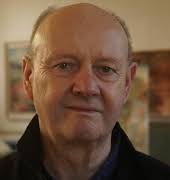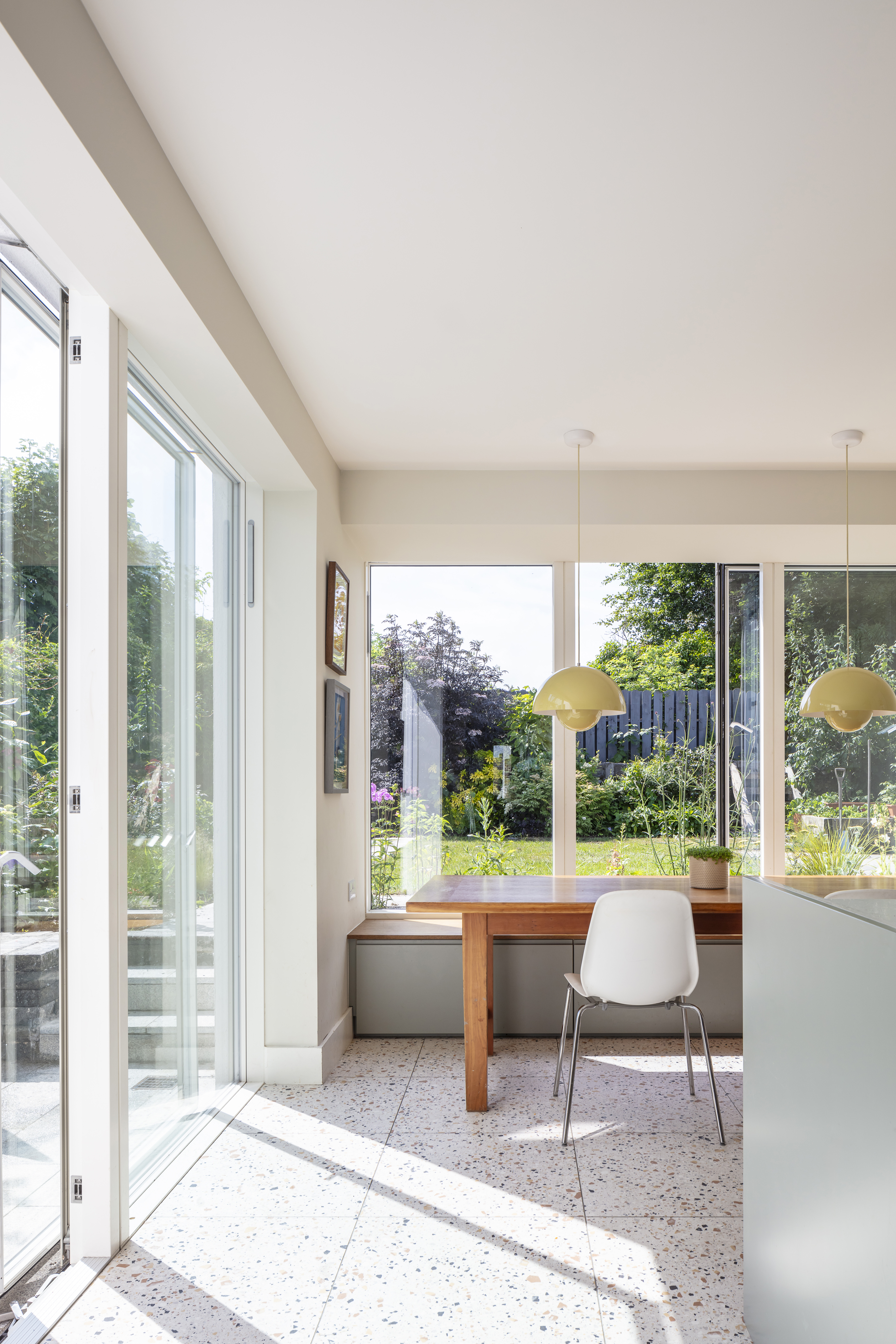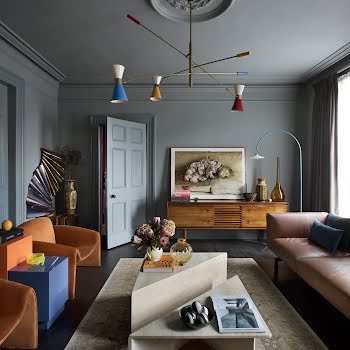
This 1930s Dublin 7 home has been given space, light and plenty of storage thanks to an extension designed around family life
Diarmaid Brophy Architects have ensured the space feels connected to the original home, while providing a calm, uncluttered space for their clients’ growing family.
When the owners of this Dublin 7 home contacted Diarmaid Brophy Architects, they had already made some updates to their three-bed semi-d when they bought it in 2016.
“The internal layout was intact and most original items were still in place,” architect Diarmaid Brophy explains. “This included the timber windows, front door with its stained glass panel, four fireplaces along with the internal doors, architraves and skirtings, and the original art deco cornicing downstairs.”
At some point a garage had been added to the side and a small kitchen lean-to to the back. Work had been required before the couple moved in, and their limited budget at the time dictated the extent of this work. As well as rewiring, new windows, reroofing and installing a new heating system, they also removed the internal wall between the two rooms across the back of the house to create an open-plan kitchen/dining/living space.
A new lean-to was rebuilt in the same location as the original and became a utility room. The garage to the side, with outbuildings behind, was left untouched. “Niamh and Stephen knew further work would be needed in the future if the house was to be a forever family home,” Diarmaid explains. “The garage to the side was under-utilised and the utility room was in the wrong place, limiting the connection between the garden and open-plan space.”
When it came to plans for a second, larger renovation, “What stood out for me from Niamh and Stephen’s initial brief was a desire for a ‘feeling of calm’”, Diarmaid says. “They wanted rooms that would be simple, bright and uncluttered. They were keen to retain as much of the character of the house and as many of the original features as possible and to extend in a sympathetic manner.”
The couple began the project with two small children and finished it with three, and they knew that the kitchen, living and dining space was where they spent most of their time.













































